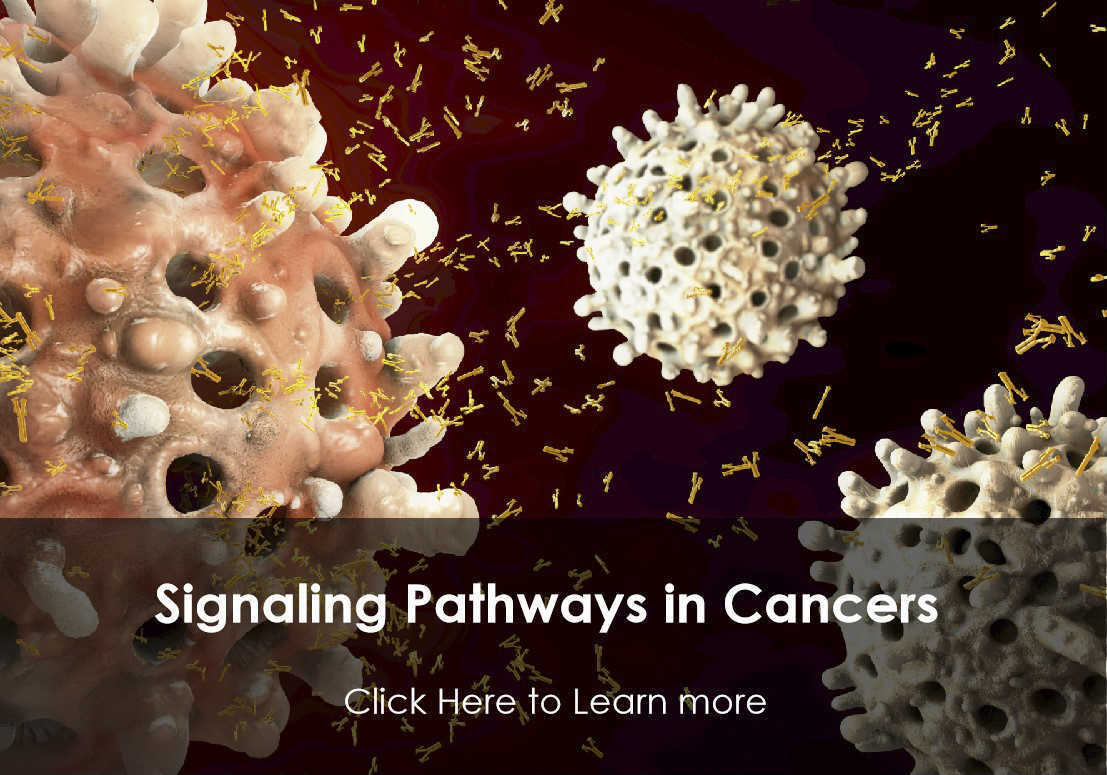BGN
The protein encoded by this gene is a small cellular or pericellular matrix proteoglycan that is closely related in structure to two other small proteoglycans, decorin and fibromodulin. The encoded protein and decorin are thought to be the result of a gene duplication. Decorin contains one attached glycosaminoglycan chain, while this protein probably contains two chains. For this reason, this protein is called biglycan. This protein is thought to function in connective tissue metabolism by binding to collagen fibrils and transfering growth factor-beta. It may promote neuronal survival. This gene is a candidate gene for the Happle syndrome. [provided by RefSeq]
Full Name
biglycan
Function
May be involved in collagen fiber assembly.
Biological Process
Articular cartilage development Source: Ensembl
Blood vessel remodeling Source: Ensembl
Bone development Source: Ensembl
Chondroitin sulfate biosynthetic process Source: Reactome
Chondroitin sulfate catabolic process Source: Reactome
Dermatan sulfate biosynthetic process Source: Reactome
Extracellular matrix organization Source: Reactome
Peptide cross-linking via chondroitin 4-sulfate glycosaminoglycan Source: Ensembl
Blood vessel remodeling Source: Ensembl
Bone development Source: Ensembl
Chondroitin sulfate biosynthetic process Source: Reactome
Chondroitin sulfate catabolic process Source: Reactome
Dermatan sulfate biosynthetic process Source: Reactome
Extracellular matrix organization Source: Reactome
Peptide cross-linking via chondroitin 4-sulfate glycosaminoglycan Source: Ensembl
Cellular Location
Extracellular matrix
Involvement in disease
Meester-Loeys syndrome (MRLS): An X-linked, thoracic aortic aneurysm syndrome characterized by early-onset, severe aortic aneurysm and dissection. Other recurrent findings include hypertelorism, pectus deformity, joint hypermobility, contractures, and mild skeletal dysplasia.
Spondyloepimetaphyseal dysplasia, X-linked (SEMDX): An X-linked recessive bone disease characterized by severe short-trunk dwarfism, brachydactyly, metaphyseal flaring of lower extremities, short and broad long bone diaphyses, moderate platyspondyly, normal facies, and normal intelligence.
Spondyloepimetaphyseal dysplasia, X-linked (SEMDX): An X-linked recessive bone disease characterized by severe short-trunk dwarfism, brachydactyly, metaphyseal flaring of lower extremities, short and broad long bone diaphyses, moderate platyspondyly, normal facies, and normal intelligence.
PTM
The two attached glycosaminoglycan chains can be either chondroitin sulfate or dermatan sulfate.
View more
Anti-BGN antibodies
+ Filters
 Loading...
Loading...
Target: BGN
Host: Mouse
Antibody Isotype: IgG2a, κ
Specificity: Human
Clone: 2E6-D1
Application*: WB, E
Target: BGN
Host: Mouse
Antibody Isotype: IgG2a, κ
Specificity: Human
Clone: 4E1-1G7
Application*: WB, IF, IP, E
More Infomation
Hot products 
-
Mouse Anti-CTCF Recombinant Antibody (CBFYC-2371) (CBMAB-C2443-FY)

-
Mouse Anti-BSN Recombinant Antibody (219E1) (CBMAB-1228-CN)

-
Mouse Anti-CASP8 Recombinant Antibody (CBYY-C0987) (CBMAB-C2424-YY)

-
Mouse Anti-ASB9 Recombinant Antibody (1D8) (CBMAB-A0529-LY)

-
Mouse Anti-ADRB2 Recombinant Antibody (V2-180026) (CBMAB-A1420-YC)

-
Rabbit Anti-ABL1 (Phosphorylated Y245) Recombinant Antibody (V2-505716) (PTM-CBMAB-0465LY)

-
Mouse Anti-CD24 Recombinant Antibody (ALB9) (CBMAB-0176CQ)

-
Mouse Anti-APCS Recombinant Antibody (CBYC-A663) (CBMAB-A3054-YC)

-
Mouse Anti-APP Recombinant Antibody (5C2A1) (CBMAB-A3314-YC)

-
Mouse Anti-CD19 Recombinant Antibody (CBXC-1224) (CBMAB-C1491-CQ)

-
Mouse Anti-BMI1 Recombinant Antibody (CBYC-P026) (CBMAB-P0108-YC)

-
Rat Anti-AChR Recombinant Antibody (V2-12500) (CBMAB-0990-CN)

-
Mouse Anti-BIRC7 Recombinant Antibody (88C570) (CBMAB-L0261-YJ)

-
Mouse Anti-ACKR3 Recombinant Antibody (V2-261265) (CBMAB-C1023-LY)

-
Mouse Anti-BRCA2 Recombinant Antibody (CBYY-1728) (CBMAB-2077-YY)

-
Mouse Anti-CD8 Recombinant Antibody (C1083) (CBMAB-C1083-LY)

-
Mouse Anti-ACO2 Recombinant Antibody (V2-179329) (CBMAB-A0627-YC)

-
Rabbit Anti-CAMK2A Recombinant Antibody (BA0032) (CBMAB-0137CQ)

-
Mouse Anti-CD33 Recombinant Antibody (P67.6) (CBMAB-C10189-LY)

-
Mouse Anti-BCL6 Recombinant Antibody (CBYY-0435) (CBMAB-0437-YY)

For Research Use Only. Not For Clinical Use.
(P): Predicted
* Abbreviations
- AActivation
- AGAgonist
- APApoptosis
- BBlocking
- BABioassay
- BIBioimaging
- CImmunohistochemistry-Frozen Sections
- CIChromatin Immunoprecipitation
- CTCytotoxicity
- CSCostimulation
- DDepletion
- DBDot Blot
- EELISA
- ECELISA(Cap)
- EDELISA(Det)
- ESELISpot
- EMElectron Microscopy
- FFlow Cytometry
- FNFunction Assay
- GSGel Supershift
- IInhibition
- IAEnzyme Immunoassay
- ICImmunocytochemistry
- IDImmunodiffusion
- IEImmunoelectrophoresis
- IFImmunofluorescence
- IGImmunochromatography
- IHImmunohistochemistry
- IMImmunomicroscopy
- IOImmunoassay
- IPImmunoprecipitation
- ISIntracellular Staining for Flow Cytometry
- LALuminex Assay
- LFLateral Flow Immunoassay
- MMicroarray
- MCMass Cytometry/CyTOF
- MDMeDIP
- MSElectrophoretic Mobility Shift Assay
- NNeutralization
- PImmunohistologyp-Paraffin Sections
- PAPeptide Array
- PEPeptide ELISA
- PLProximity Ligation Assay
- RRadioimmunoassay
- SStimulation
- SESandwich ELISA
- SHIn situ hybridization
- TCTissue Culture
- WBWestern Blot

Online Inquiry





